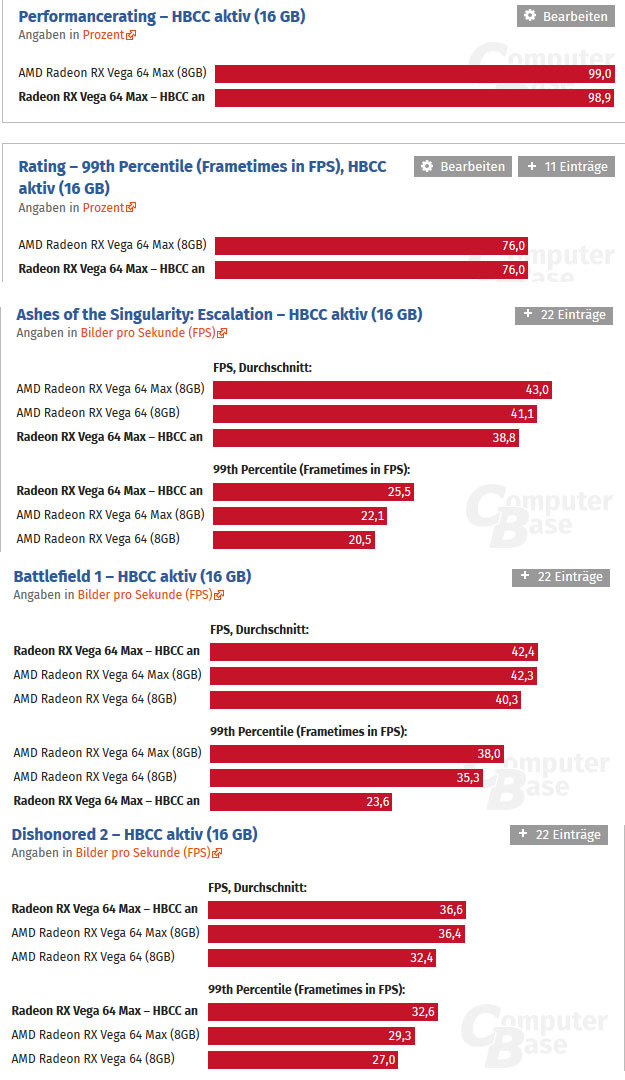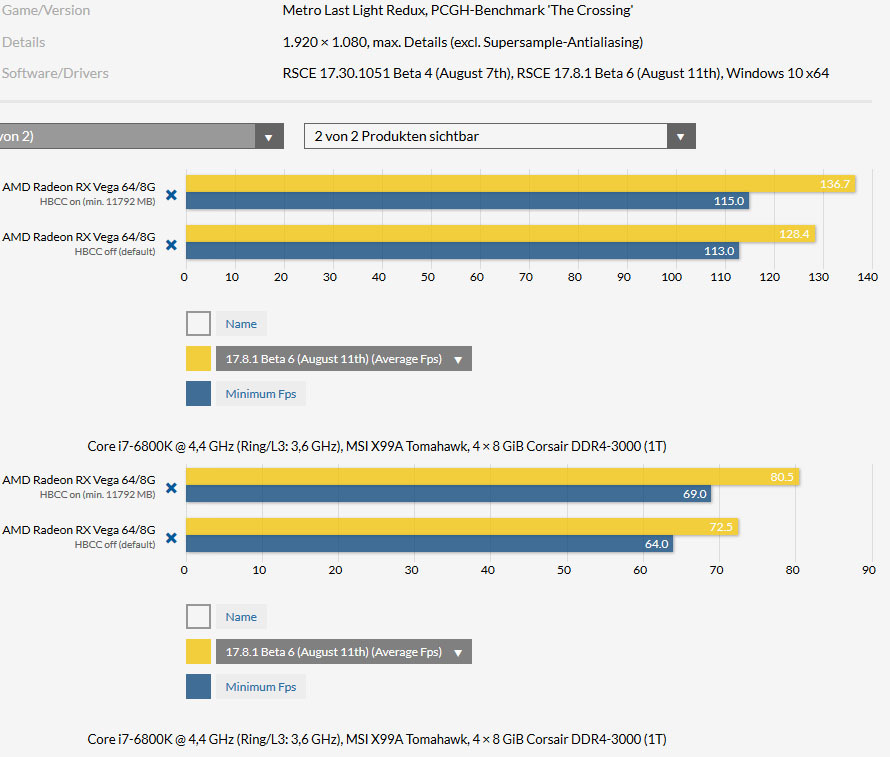D
Deleted member 2197
Guest
Layman here, but is indexed swizzle the same as viewport swizzle?
pg.9, 16, 17
http://developer2.download.nvidia.com/assets/gameworks/downloads/regular/GDC17/NVIDIA_Vulkan_Update_GDC2017_FINAL.pdf?qe9nSMLPl1UEl7LSSHATM-YCDKkZClV1fjaWUyoKmoXjttQv-lpX7GOiOU_cCFytSfTsJ1TYQ3VyZfU0D5xKNp_OkHL0of0MZHCw55xDjh9-FpRtPaBfJfMvOeY8QnZ7gXyNJgwmQf2Vh1JShAIwETCbZMDT2P-AV9-Bewh6vXvWttP3iXWoLzSwX0uUXw
pg.9, 16, 17
http://developer2.download.nvidia.com/assets/gameworks/downloads/regular/GDC17/NVIDIA_Vulkan_Update_GDC2017_FINAL.pdf?qe9nSMLPl1UEl7LSSHATM-YCDKkZClV1fjaWUyoKmoXjttQv-lpX7GOiOU_cCFytSfTsJ1TYQ3VyZfU0D5xKNp_OkHL0of0MZHCw55xDjh9-FpRtPaBfJfMvOeY8QnZ7gXyNJgwmQf2Vh1JShAIwETCbZMDT2P-AV9-Bewh6vXvWttP3iXWoLzSwX0uUXw


